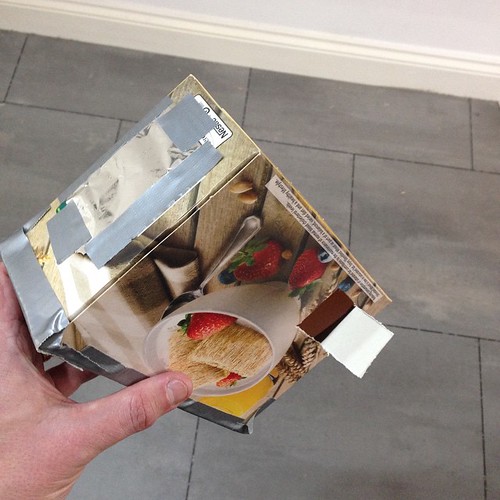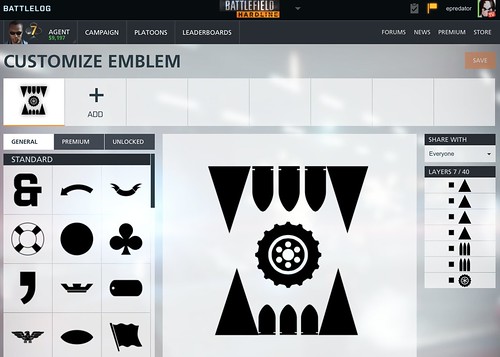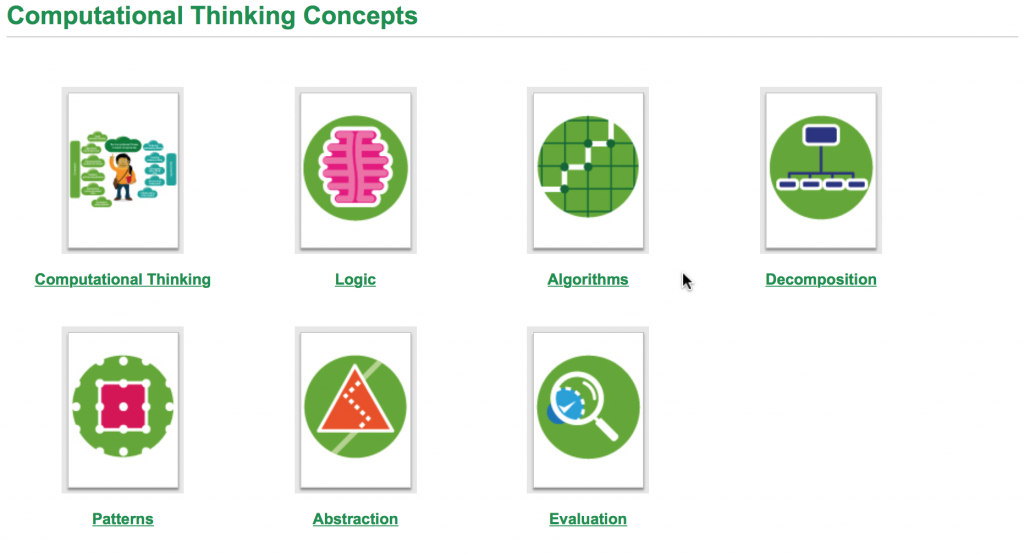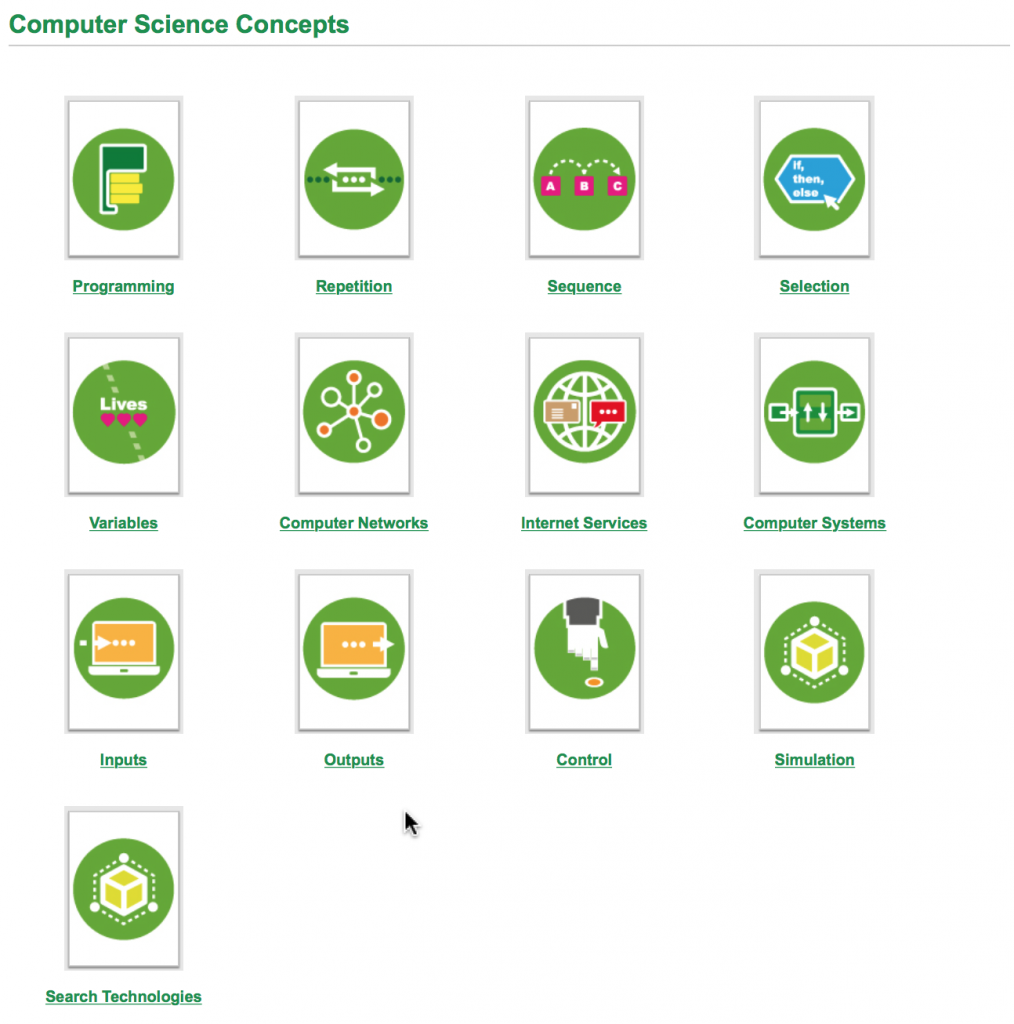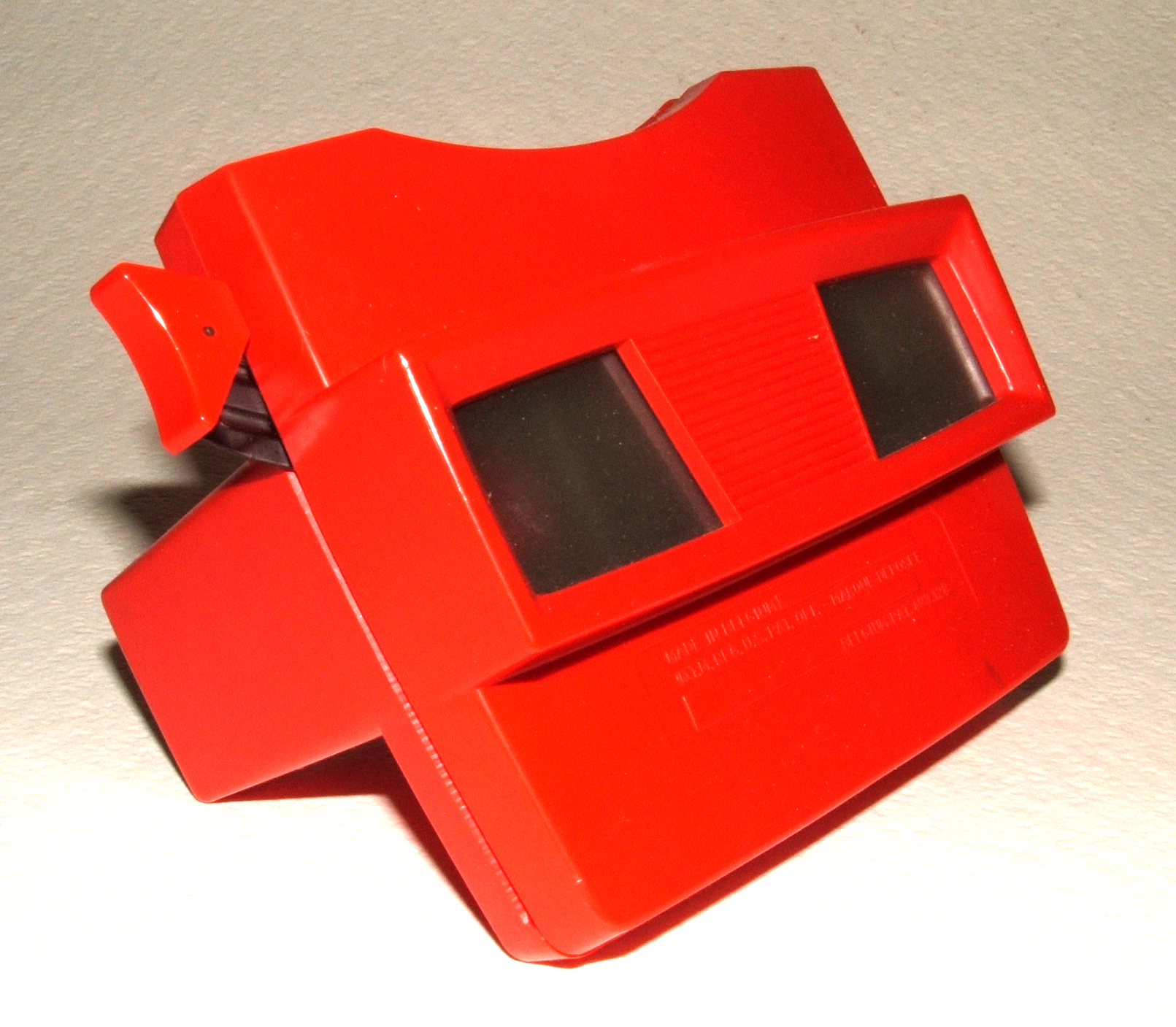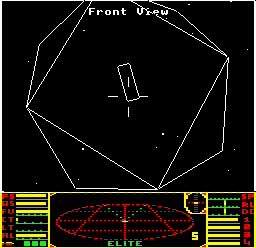A few days ago I realised it has been over 9 years since I first publicly blogged about how important I thought the principles of the metaverse and virtual worlds were going to be for both social and business uses. This post, pictured below for completeness was a tipping point for some radical changes in many of our lives as part of Eightbar.
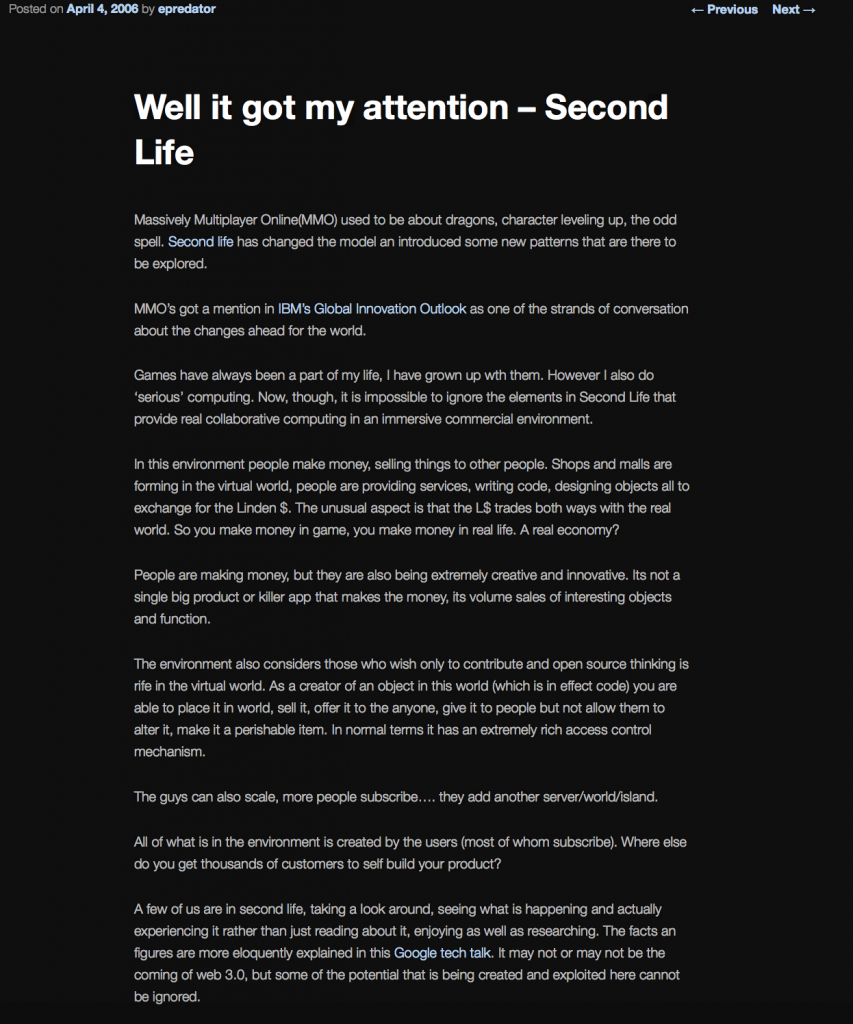
I had been working to that sort of point of understanding though since some very early work with virtual environments and how people get to interact with one another in them around 1999/2000 with SmartVR trying to keep the social bond in our internal web and multi media design group together when we were cast asunder to different locations by business pressures (or bad decisions who knows!). I knew we had to have a sense of one another existence aside from text in emails and instant messages. So we tried to build a merged version of both offices as if they were in one place. The aim to then instrument those with presence and the ability to walk over to someone’s desk and talk. Mirror world, blended reality and even internet of things, Yes I know, a bit before its time! Cue music, “Story of my life” by 1D 🙂
We definitely had a technology and expectation bubble later 2006-2009. However, that, as with all emerging technology is all part of the evolution. The garnet curve et al. What surprises me the most still is that people think when a bubble like that bursts that its all over. That somehow everything that was learned in that time was pointless. “Are virtual worlds still a thing?” etc. I feel for the even earlier pioneers like Bruce Damer, who patiently put up with our ramblings as we all rushed to discover and feel for ourselves those things he already knew.
Increasingly I am talking to new startup ands seeing new activity in the virtual space. The same use cases, the same sparks of creativity that we had in the previous wave(s), the same infectious passion to do something interesting and worthwhile. Sometimes this is somehow differentiated from the last wave of virtual worlds under the heading of virtual reality. The current wave is focussed on the devices, the removal of keyboard and of a fixed screen. The Oculus Rift, HoloLens etc. However, thats a layer of new things to learn and experience on what we have already been through. After all its a virtual world you end up looking at or blending with in a VR headset!
I spend so much time looking forward and extrapolating concepts and ideas it is now very scary to look back and consider the experience I have gathered. The war stories and success stories, the concepts and ideas that I have tried. The emotional impact of virtual worlds. The evolution of the technology and of people’s expectation of that technology. The sheer number of people that have moved around in a 3d environment from an early age with things like Minecraft, who are now about to enter higher education and the workforce.
So I am left in a slightly bemused state as to what to do with this knowledge. With this all going so much more mainstream again I am no longer working in a niche. Do I ply my trade of independent consulting chipping away in odd places and helping and mentoring some of the new entrants in the market or do I try and find a bigger place to spread the word?
At the same time though, knowing lots of things makes you realise how much you don’t know. The imposter’s syndrome kicks in. Surely everyone must know all this stuff by now? It’s obvious and stands up to logical reasoning to try and connect with other people in as rich a way as possible. The network is there, the tech is there, the lineage is there. Though clearly not everyone gets it yet. I often wonder if the biggest naysayers I had to deal with on my journey so far have figured it out yet? It will probably turn out they will be getting rich quick right now whilst I sit and ponder such things.
On the other side of the virtual coin, I know from my martial arts that constant practice and investigation leads to a black belt. In the case of Choi Kwang Do that’s just over 3 years worth. So how many Dan worth of tech equivalent experience does that put me at. 25 years in the industry professionally but 30+ as techie.
I still want to do the right thing, to help others level themselves up. I don’t think I am craving fame and fortune but the ability to share and build is what drives me. If fame and fortune as a spokesperson, evangelist for some amazing idea or TV show reaches that end, then thats fine by me.
I am at a crossroads, my VR headset letting me look in all directions. I see half built roads in many directions. What now? A well funded company that I can help build a great road with, or forge off down one for the other paths seeing what happens on the way.
Of course that makes it seem like there is a clear choice on the plate. I suspect most of the the well funded companies and corporations don’t think they need any help, which is rather where I came in on this!
Needless to say I am always open to conversations, offers, partnerships, patronage, retainers and technology evangelist roles. There must be a slew of investors out there wondering what to put their money into, who need some sagely advice ;). Or that book… there is always that book… (600 images x 1000 words each 600,000 words just on these Second Life experiences. That’s just the ones with online. The offline ones double that!. Not to mention the other places, games, and self built experiences!
I took this photo in April 2006 as part of sharing of our journey

I have always liked a nice greenfield to start building on. Equally that did not build itself, it was a massive shared team experience. No one has all the answers. Some of us are good at helping people find them though.
Right! Can we get on with this now?

